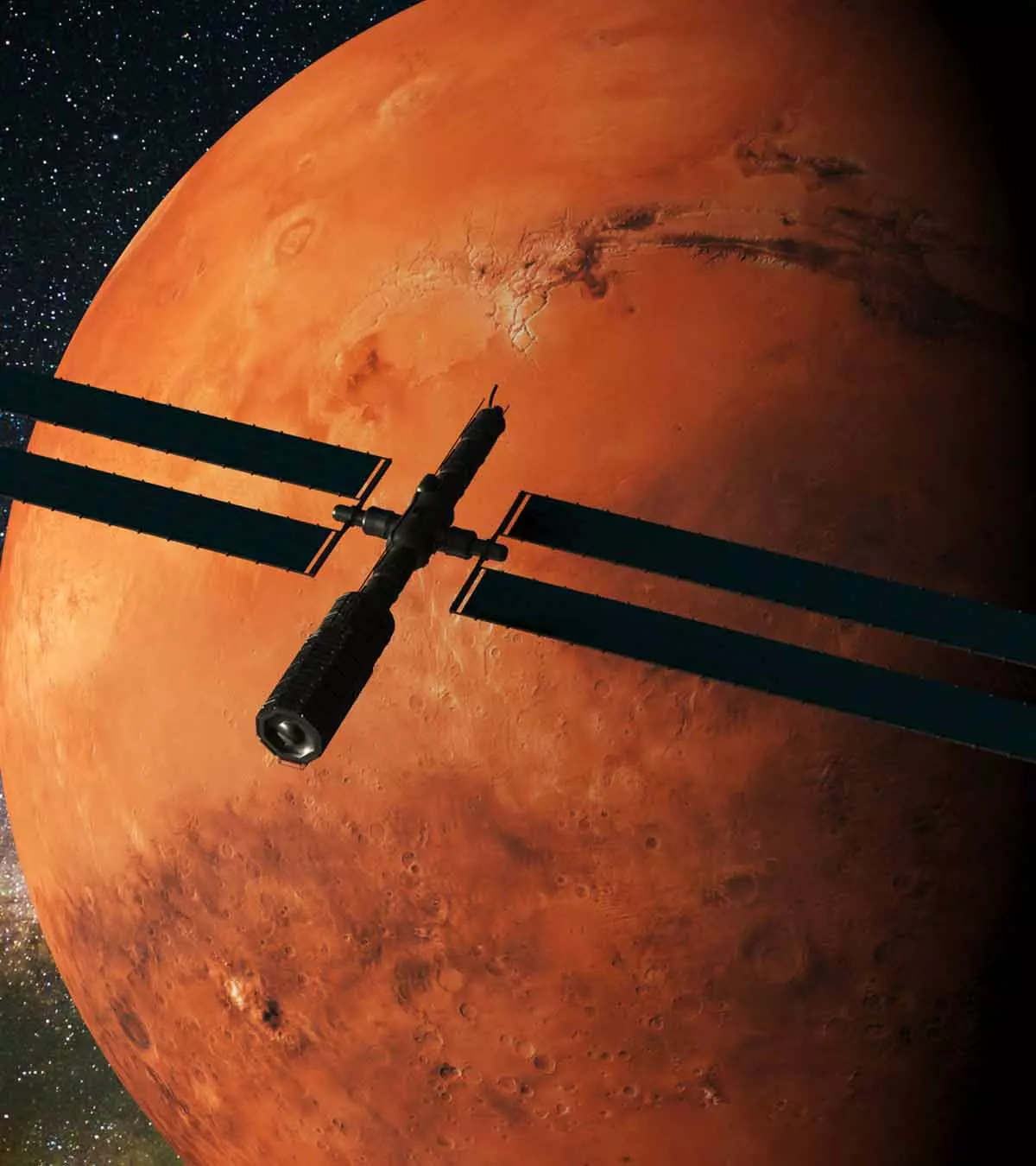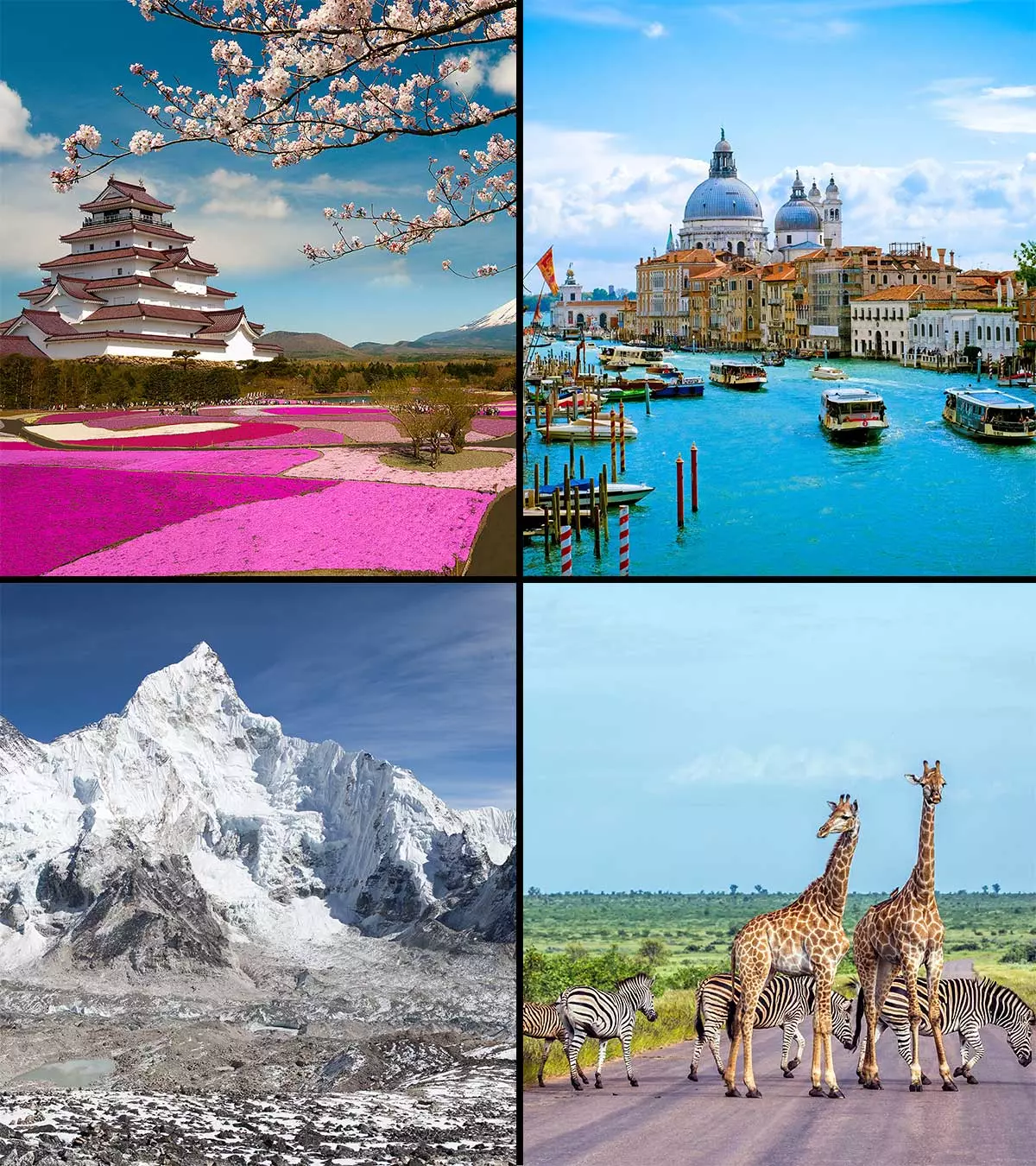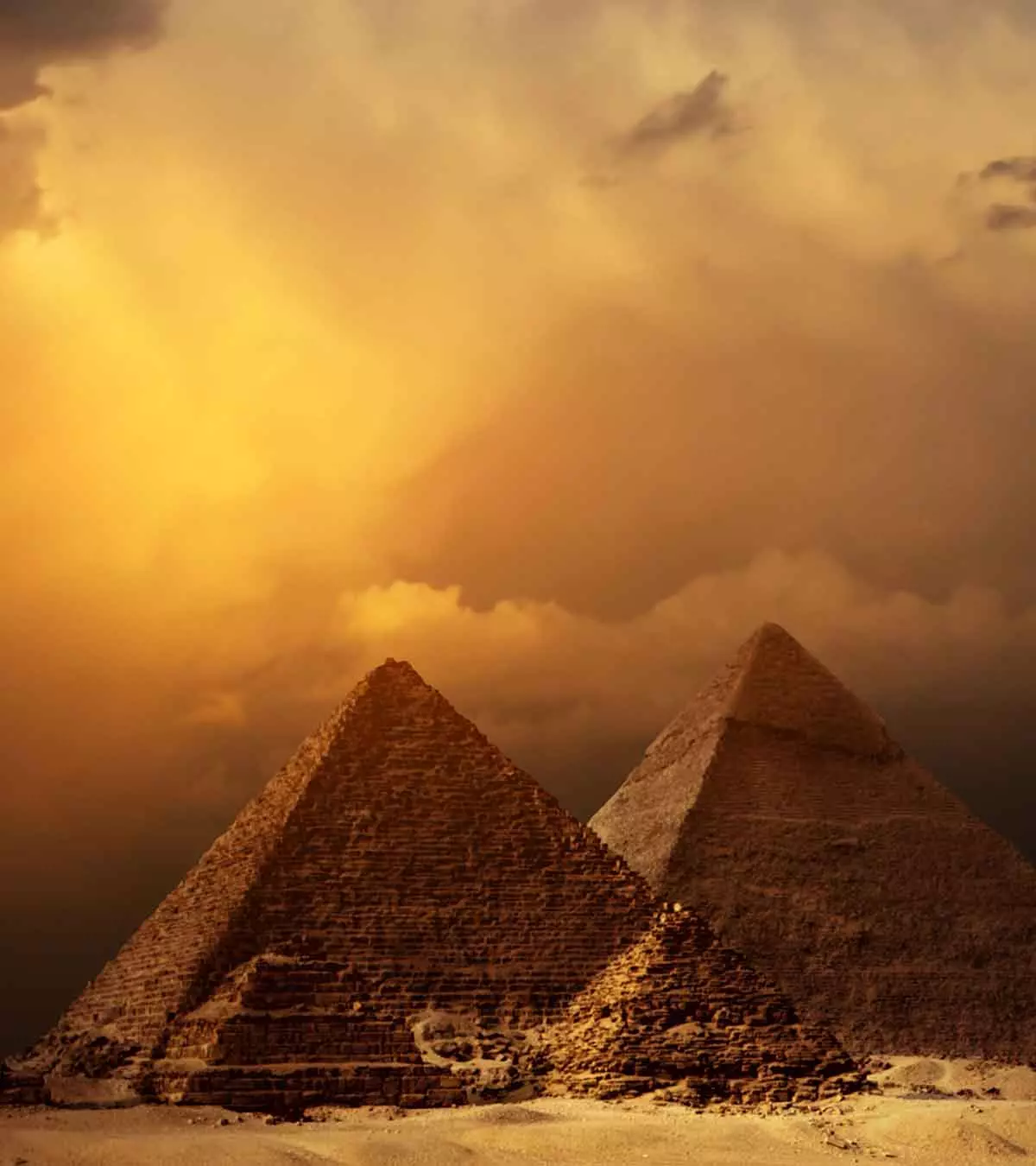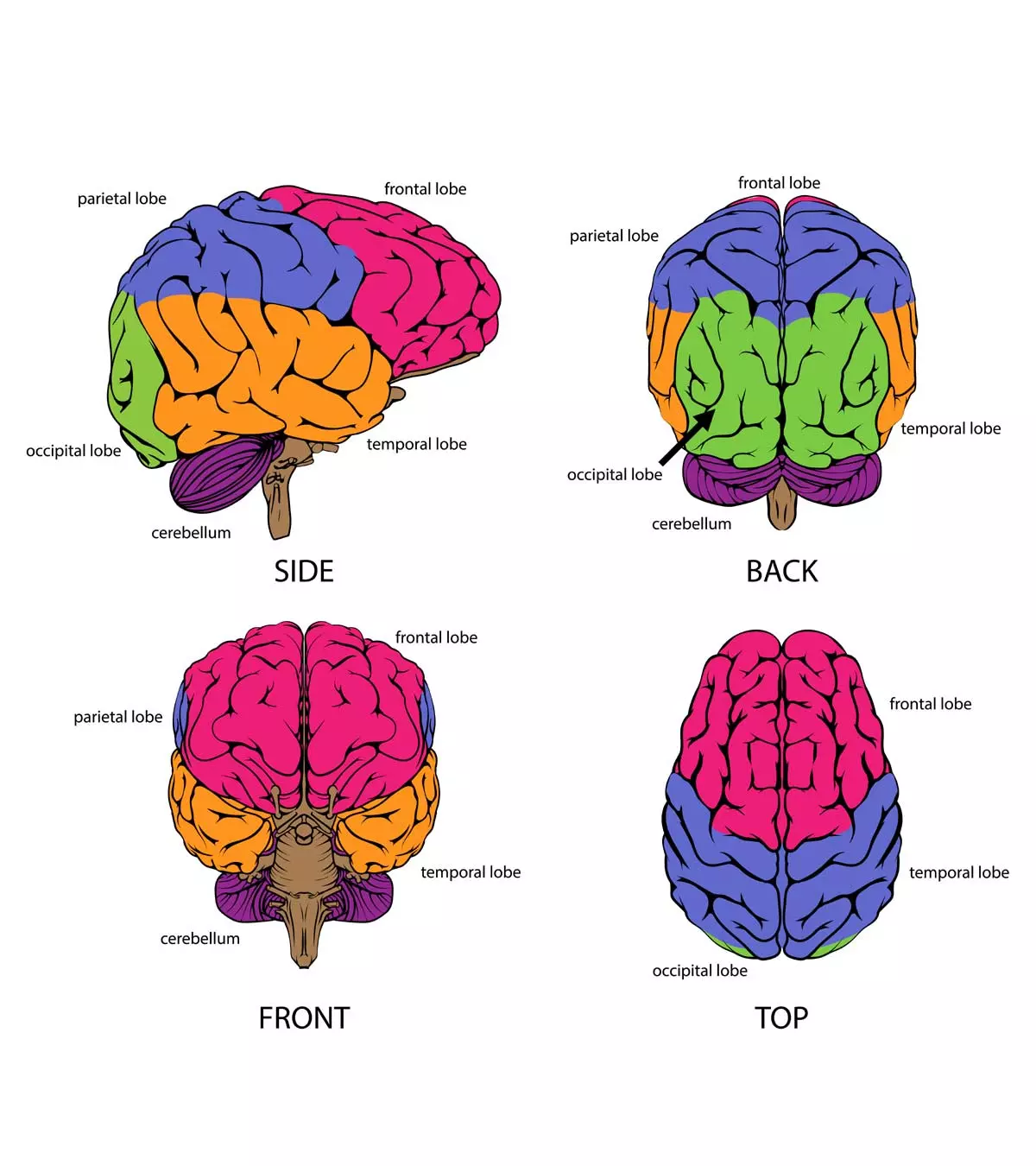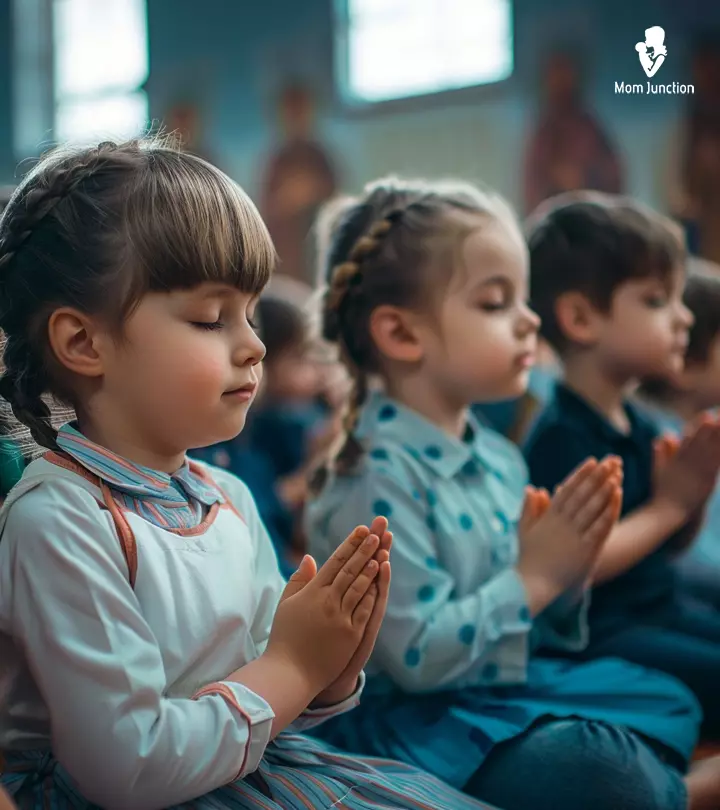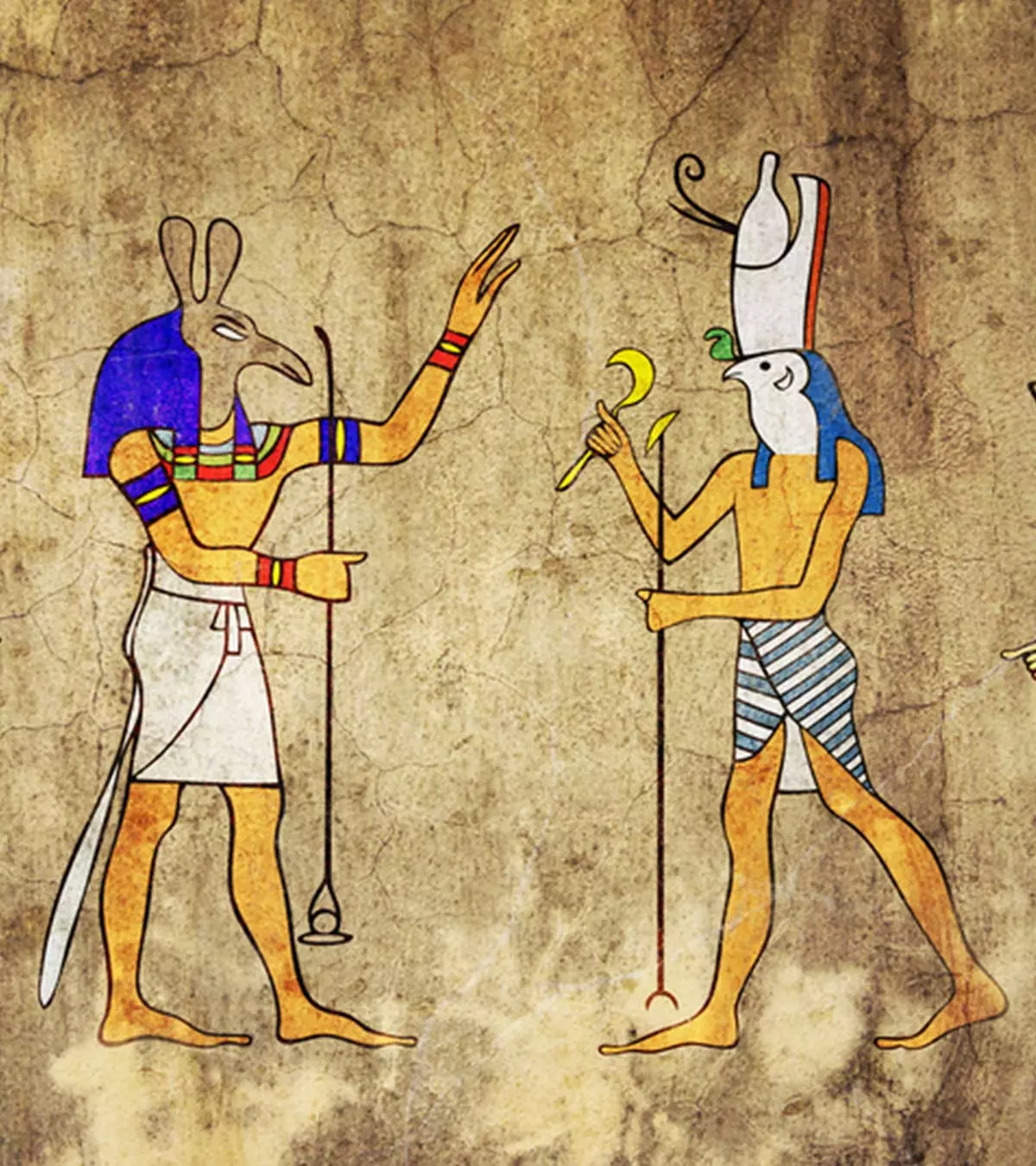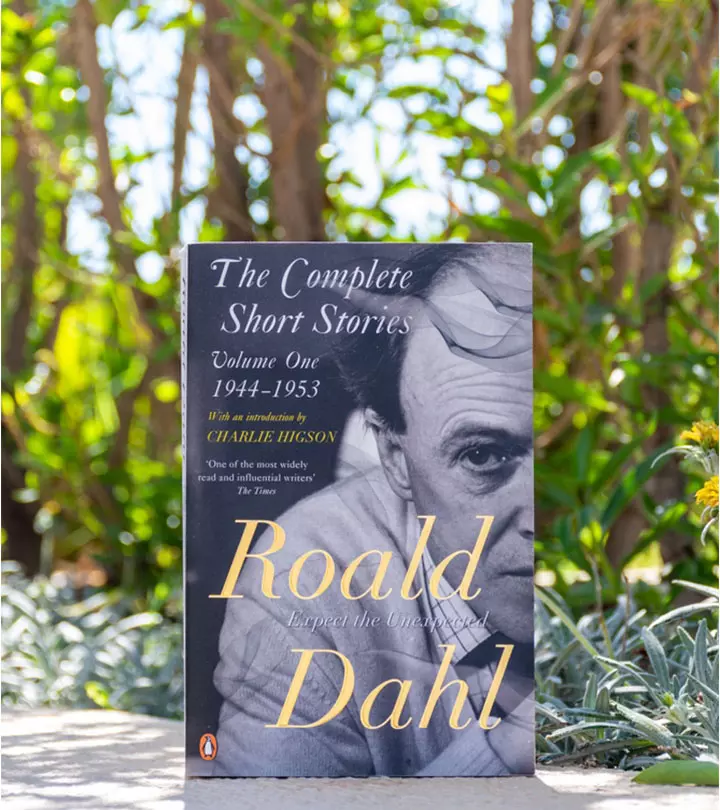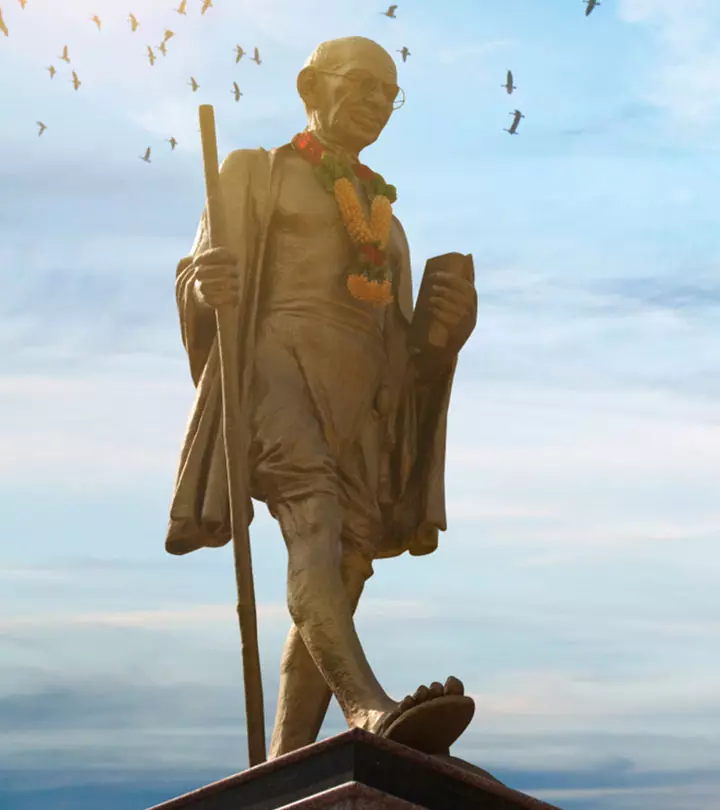
Image: Shutterstock
Mahatma Gandhi, the byname of Mohandas Karamchand Gandhi, was a political activist and one of the most important freedom fighters during British rule in India. There are numerous interesting facts about Mahatma Gandhi for kids that will inspire and motivate them.
Mahatma Gandhi believed in non-violence (ahimsa) and played a key role in achieving India’s independence through passive resistance. His non-violence movements give him the title “Mahatma,” which means extraordinary soul. Gandhi’s non-violent protests, modest life, and remarkable teachings inspired many people worldwide, including civil rights leaders such as Martin Luther King Jr. and Nelson Mandela.
Read on to know some facts about the times of Mahatma Gandhi and the different stages of his life.
Key Pointers
- Mahatma Gandhi grew up learning about two religions – Hinduism and Jainism.
- Being subject to racial discrimination in South Africa sowed seeds in Gandhi for the Satyagraha movement.
- From heading Dandi March to writing a book on vegetarianism, find many more interesting facts about Mahatma Gandhi for kids as you scroll down.
Where Was Mohandas Gandhi Born?
Gandhi was born on October 2, 1869, in Porbandar, a city now in the Indian state of Gujarat. He was born into a wealthy family. His father Karamchand Uttamchand Gandhi worked as a ‘diwan’ or Chief Minister in the same state. His mother Putlibai was a homemaker.
Childhood And Family
Karamchand Gandhi, also known as Kaba Gandhi (1), and his wife Putlibai had four children. Mohandas Karamchand Gandhi, lovingly known as ‘Monia’, was the fourth child.
As a young boy, Gandhi grew up learning the teaching of the two Indian religions – Hinduism and Jainism. An extremely shy boy, Gandhi often sought companionship in books and lessons. (2)
At the age of 13, his parents arranged his marriage to a girl named Kasturba. They were married for around 60 years until Gandhi’s death in 1948.
In school, Gandhi was an average student, and graduated in 1887. To fulfill his parent’s dream, he went to pursue further education in law at the University College, London, England. After he returned to India in 1891, he started his independent practice but was not successful. Gandhi later joined an Indian law firm in South Africa.
Influence Of Religion On Gandhi’s Beliefs
Since childhood, Gandhi worshiped the Hindu God, Vishnu, and practiced the principles of Jainism. Jainism is known for its rigorous rules and traditions, such as fasting, simplicity, strict vegetarianism, and meditation. Non-violence or Ahimsa is one of the most important teachings of Jainism.
Gandhi lived in London for about three to four years. He followed a vegetarian diet and even became a part of the London Vegetarian Society. During this period, he started reading different sacred texts and studied a great deal about all religions and their teachings on tolerance. Even after he moved to South Africa in 1893, he continued to study world religions.
Ethical Values Of Gandhi
Gandhi’s ethical values were centered around key principles such as:
- Nonviolence (Ahimsa): Gandhi believed in peaceful resolution, rejecting physical force and aggression.
- Truthfulness (Satya): Emphasizing honesty in speech and actions, Gandhi advocated for a transparent life.
- Non-stealing (Asteya): Gandhi promoted a life free from theft or dishonesty, respecting others’ property and embracing simplicity.
- Chastity (Brahmacharya): Gandhi explained that Brahmacharya entails exercising control over thoughts, words, and actions, extending to all senses in every situation and place.
- Non-possession (Aparigraha): Gandhi detached from material possessions, advocating a minimalist lifestyle.
- Equality: A fierce advocate for social equality, Gandhi fought against discrimination based on caste, creed, or gender.
- Service to Others (Seva): Gandhi believed in selfless service, highlighting the importance of helping those in need and contributing to societal welfare.
- Fearlessness: Encouraging people to overcome fear, Gandhi demonstrated courage by standing up for what he believed was right.
- Swadeshi (Self-sufficiency): Gandhi endorsed self-sufficiency, urging reliance on locally produced goods for economic independence and sustainability.
- Removal of Untouchability (Sarva Dharma Samabhava)– Gandhi fiercely fought for the elimination of the caste system and untouchability, stressing the equal standing of every person irrespective of their social or caste origins.
Racial Discrimination In South Africa
In South Africa, which was under British rule back then, Gandhi faced and witnessed racial discrimination by Europeans. Once on a train voyage to Pretoria, Gandhi was asked to vacate his seat for a white man due to his dark-colored skin. When Gandhi refused, he was thrown out of the train and beaten up by white people. The incident had left a huge impact on him and served as a turning point in his life.
He soon began developing the concept of ‘Satyagraha’ (truth and firmness). ‘Satyagraha’ was a method of passive resistance or non-cooperation. Despite the harsh punishment for the protestors, Gandhi managed to negotiate terms with the government regarding the recognition of Indian marriages and cancellation of toll taxes on Indians in South Africa.
Mahatma Gandhi And The Fight For India’s Independence
After living in South Africa for more than two decades, Gandhi returned to India in 1915 and continued his fight for justice against the British Empire. He led several protests against the British and soon rose to prominence. By 1920, his philosophies and pursuit of independence became all too well known across the country.
In one protest, he gave a call to boycott expensive British cloth and promote Indian goods. He himself spun cloth on the spinning wheel known as ‘charkha,’ urging citizens to wear only Indian clothes to support the Indian economy. Gandhi even took up to wearing only a loincloth and a shawl throughout his later life. Following Gandhi’s ideologies, his followers boycotted British goods and strongly supported Indian goods, also known as ‘swadeshi’ goods. Indian citizens even refused to step foot in British courts and schools.
In 1930, Gandhi spearheaded the ‘Dandi March’ or ‘Salt Satyagraha’ against the salt tax levied by the British on Indians. The 24-day historic salt march saw Gandhi and his trusted followers walk over 240 miles from Sabarmati Ashram to Dandi to collect their own salt and make it for free.
By 1934, Gandhi had retired from active politics. However, engulfed in World War II, the British sought India’s aid in the war. Gandhi and other Indian political leaders demanded independence in return for their support.
After arduous efforts by Gandhi and several other Indian leaders, India finally got independence on August 15, 1947.
As part of learning Independence Day facts for kids, sharing Gandhi’s contributions can offer them a deeper understanding of India’s fight for freedom.
About Mahatma Gandhi’s Death
Although loved and revered by most Indians, a group of individuals was opposed to Gandhi’s ideology. This opposition led to Gandhi’s assassination on January 30, 1948, in the garden of the former Birla House in Delhi during a prayer meeting. His funeral was attended by two million people.
Facts About Mahatma Gandhi For Kids
- Mahatma Gandhi is addressed as ‘Gandhiji’ with the honorific ‘Ji’ used to show respect. Some affectionately addressed him as ‘Bapu,’ which means father. He is called the ‘Father of the Nation’.
- It is believed that the title ‘Mahatma’ was given to him by poet and Nobel Prize laureate Rabindranath Tagore.
- His birthday is celebrated as a national holiday in India and commemorated as the ‘International Day of Non-Violence’
 Quick fact
Quick fact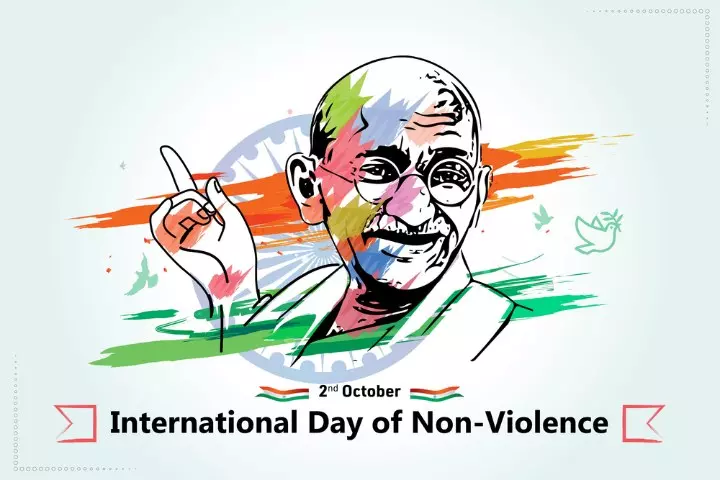
Image: Shutterstock
- Albert Einstein was a huge admirer of Gandhi. After Gandhi’s death, Einstein was quoted as saying, “Generations to come will scarce believe that such a one as this ever in flesh and blood walked upon this earth.” (3)
- Martin Luther King, Jr. adopted Gandhi’s philosophy of non-violence to fight for the civil rights movement in the US.
- He was named the Time Magazine Man of the Year in 1930.
- Gandhi was nominated for the Nobel Peace Prize in 1937, 1938, 1939, 1947, and 1948, but was never awarded the honor.
- The movie ‘Gandhi’ won the Academy Award for the Best Motion Picture in 1982.
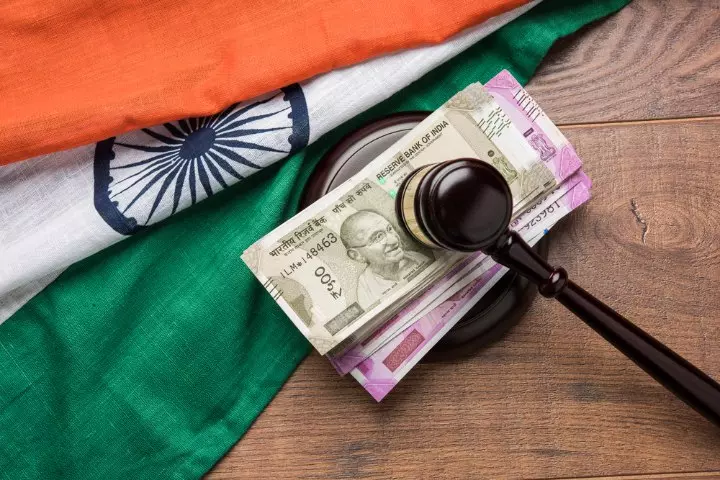
Image: Shutterstock
- An avid writer, ‘My Experiments With Truth’ is the autobiography of Gandhi. ‘The Young India’ English weekly journal was published by Gandhi from 1919 to 1931.
- Gandhi always carried a spinning wheel with him. He often held contests in his ashram (a spiritual hermitage) to encourage people to spin cotton.
 Did you know?
Did you know?- In his later years, Gandhi owned only a few possessions that included his sandals, reading glasses, wooden spoon, bowl, and a pocket watch.
- Mahatma Gandhi had four children – Harilal, Manilal, Ramdas, and Devdas.
- The Reserve Bank of India issued the first Gandhi series currency notes in 1996 with a smiling portrait of Mahatma Gandhi.
- Britain released a stamp in honor of Gandhi 21 years after his death.
- Through letters, Mahatma Gandhi corresponded with Leo Tolstoy, Albert Einstein, Charlie Chaplin, and several eminent personalities.
- Numerous roads in and outside India are named after Gandhi.
 Trivia
Trivia- Steve Jobs, one of the founders of Apple Inc., was a huge admirer of Gandhi. He wore round glasses similar to that of Gandhi as a tribute to him.
- Gandhi was a strict vegetarian and often experimented with his diet. Once he went on a diet consisting of only nuts, fruits, and seeds.
- Gandhi also authored a book titled ‘The Moral Basis of Vegetarianism.’
- It is widely believed that Mahatma Gandhi’s last words were ‘Hey! Ram’ translated as ‘Oh! God.’
Frequently Asked Questions
1. Why is Gandhi still important today?
Mahatma Gandhi is an important figure who taught the world the true value of truth and compassion above religion, caste, and creed. Being the torch bearer of peace, he propelled fellow humans towards non-violence. He encouraged people to gain knowledge and seek answers to problems with careful examination and an open mind. His timeless teaching about hard work, determination, and perseverance guides people to lead fulfilling lives.
2. Why is Gandhi called Mahatma?
Mahatma means “great soul.” According to some authors, Nobel Prize laureate Rabindranath Tagore gave Gandhi the title of Mahatma on 6th March 1915 to commemorate his life that he dedicated to the welfare of humanity.
3. What did Gandhi do for the environment?
Gandhiji often spoke about his concerns about nature and the environment. He also tried to spread awareness about industrialization and its possible ill effects. Hind Swaraj, his seminal work written in 1909, warned people about environmental destruction and its threat to the planet. He always pressed on the importance of sustainable growth and development.
4. What is Mahatma Gandhi’s green triangle?
The Mahatma Gandhi Green Triangle is a park in Madagascar’s capital Antananarivo unveiled to commemorate the 75th year of independence.
Mahatma Gandhi is fondly called Bapuji and is the Father of the Nation. He is the epitome of truth, non-violence, and perseverance. Introducing Mahatma Gandhi facts for kids to your children will help imbibe these qualities in your child. He was a freedom fighter and advocate of secularism, democracy, and equality. Mahatma Gandhi introduced the satyagraha (holding firmly to truth), non-violent resistance against the Brits. The life of Mahatma Gandhi has inspired generations, and he is admired across the world. So, let your child draw inspiration from the great soul by introducing them to his teachings.
Infographic: Fascinating Facts About Mahatma Gandhi For Children
Mahatma Gandhi was a great leader known for his non-violent methods of fighting against the Britishers for India’s independence. He is always an important and interesting figure to talk about and learn from. Check out the infographic below for some informative facts about Gandhi you can share with children.
Some thing wrong with infographic shortcode. please verify shortcode syntaxIllustration: Interesting Facts About Mahatma Gandhi For Kids

Image: Stable Diffusion/MomJunction Design Team
The life story of Mahatma Gandhi, Father of the Nation India, will light up your kids! Learn about his inspiring journey of non-violence and truth, leaving an indelible mark on India’s history and the world.
References
1. Birth And Parentage; An Autobiography or The Story of My Experiments with Truth
2. Childhood; An Autobiography or The Story of My Experiments with Truth
3. Tributes To Mahatma Gandhi By Indian and Global leaders; M.K. Gandhi
Community Experiences
Join the conversation and become a part of our nurturing community! Share your stories, experiences, and insights to connect with fellow parents.
Read full bio of Bharathi V
Read full bio of Harshita Makvana
Read full bio of Praggya Joshi






